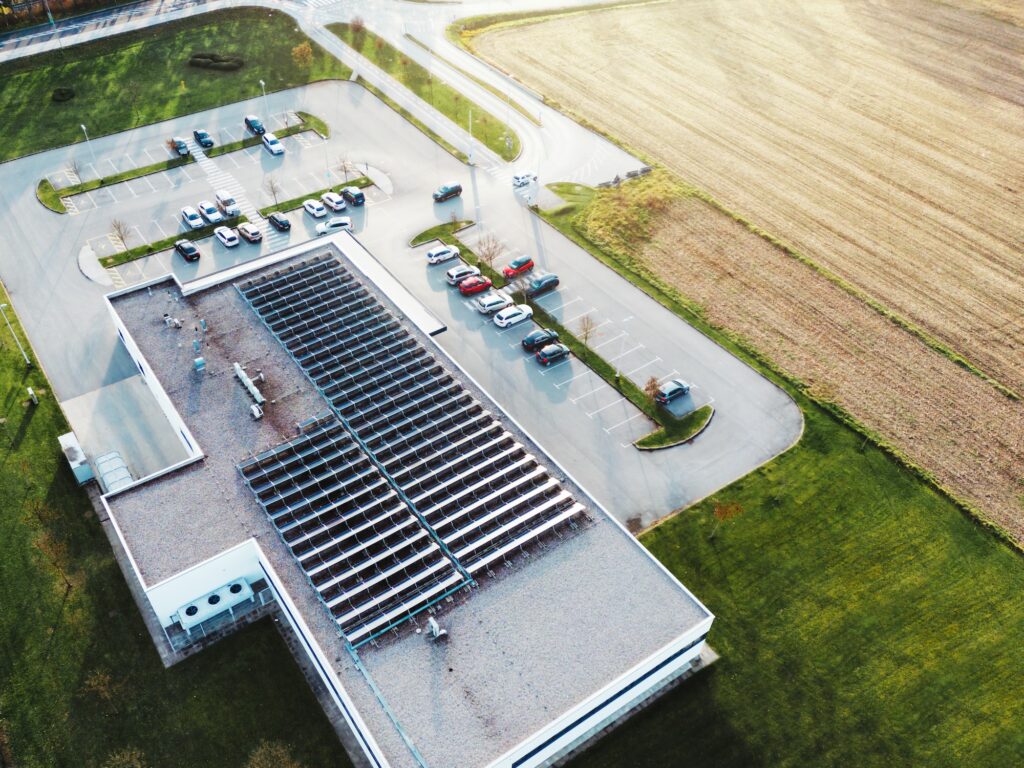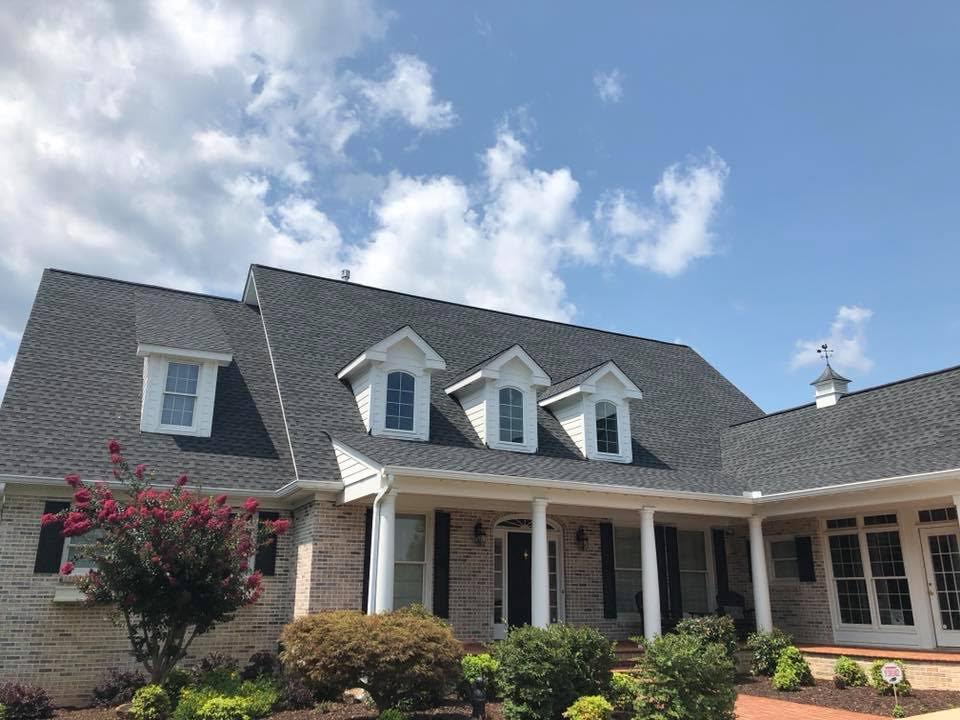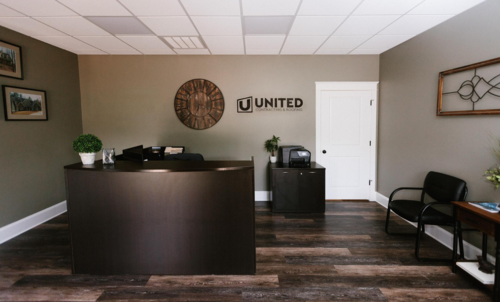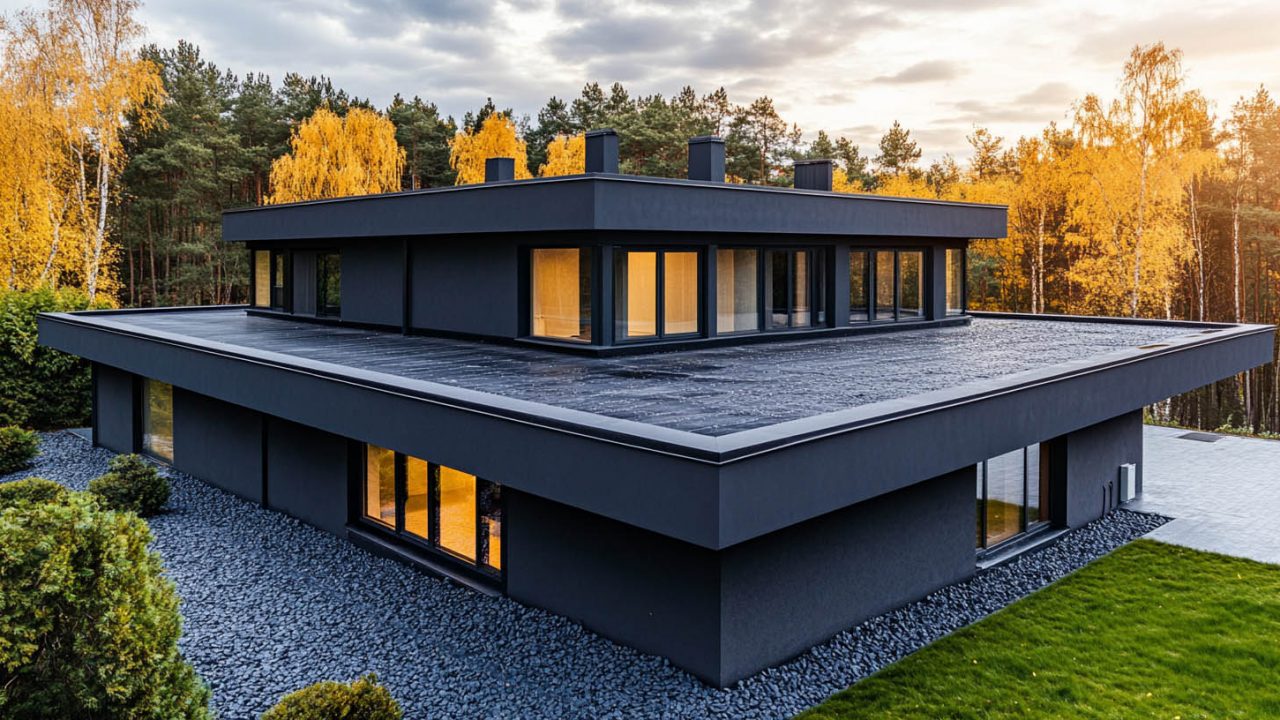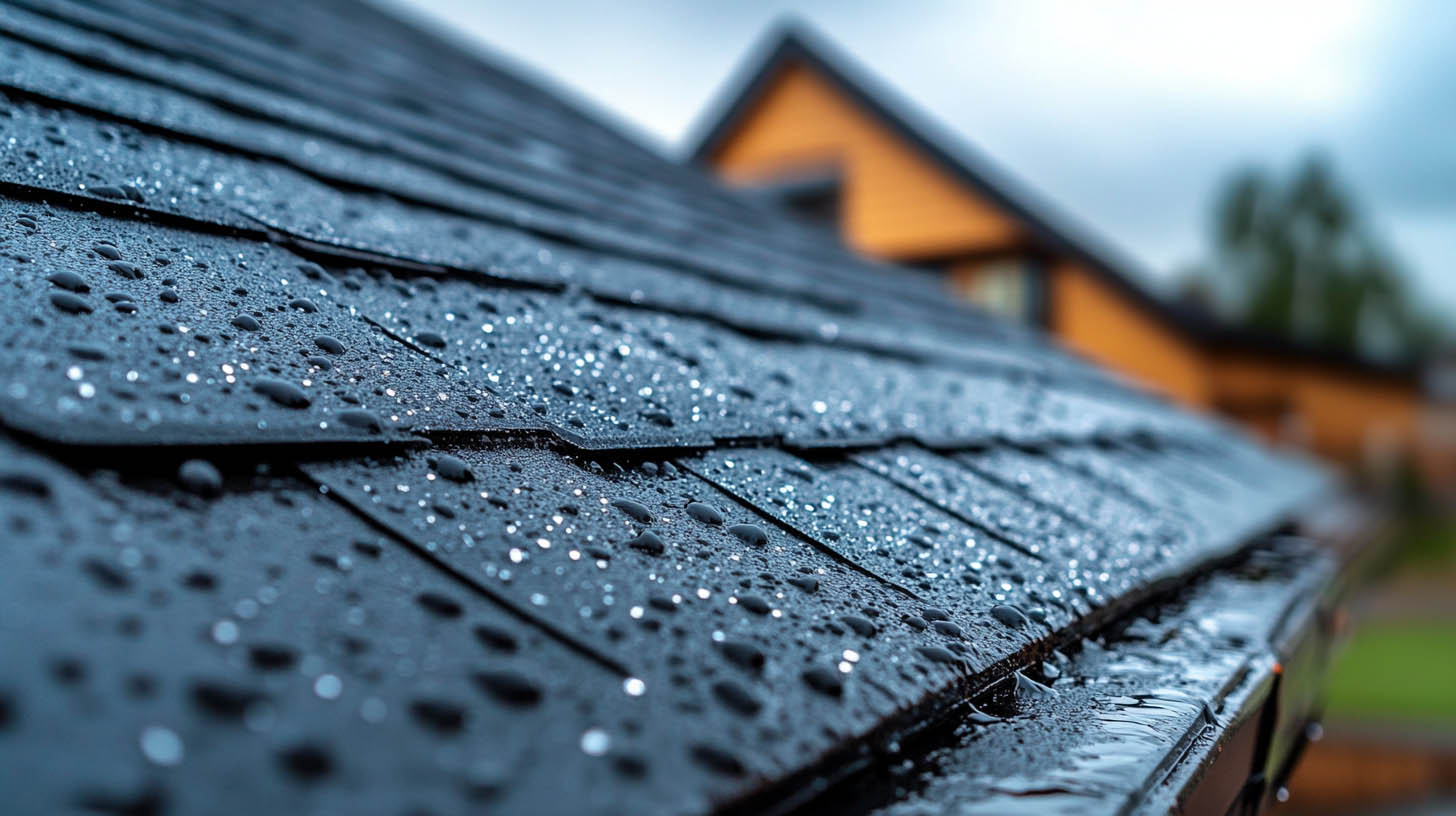United Contracting & Roofing LLC in Greenville, SC, provides insights into the factors that influence the longevity of flat roofing systems. With proper maintenance, a flat roof can last for decades. Let’s explore the various materials, weather impacts, structural considerations, and common issues that determine a flat roof’s lifespan.
Factors Influencing Flat Roof Longevity
Material Selection
The materials used in flat roofing play a significant role in determining its lifespan. Here are some common materials and their expected lifespans:
- Built-Up Roofing (BUR): Consists of multiple layers of waterproof material, hot tar, and gravel, lasting 15 to 20 years.
- Modified Bitumen: Typically lasts 20 to 30 years, consisting of three to five layers of heavy materials.
- Single-Ply Roofing (EPDM, TPO, PVC): EPDM and TPO generally last 10 to 20 years, while PVC can last up to 30 years with proper maintenance.
Weather Conditions
Weather significantly impacts the durability of flat roofing materials. Key factors include:
- UV Radiation: Prolonged exposure can degrade roofing materials.
- Temperature Fluctuations: Extreme temperatures cause expansion and contraction, stressing the roof’s structure.
- Precipitation: Heavy rain and snow add weight and can lead to water pooling.
Structural Considerations
The structural integrity of a building affects the roof’s lifespan. Important considerations are:
- Weight Capacity: A flat roof must support additional weight from standing water and snow. For example, an inch of water over a 20×20 foot area adds 2,000 pounds.
- Drainage Systems: Proper drainage prevents water pooling, which can lead to roof damage and collapse.
Maintenance and Repairs
Regular inspections and timely repairs are crucial for extending a flat roof’s life. Common maintenance tasks include:
- Patching Leaks: Minor leaks should be quickly addressed to prevent further damage.
- Clearing Drainage Systems: Ensuring drains are free of debris to avoid water pooling.
- Inspecting for Damage: Regularly check for blisters, cracks, punctures, or splits.
Specific Flat Roof Materials and Their Lifespans
Built-Up Roofing (BUR)
Lifespan: 15 to 20 years
Pros:
- Durable with multiple layers of protection.
- Economical and easy to apply.
Cons:
- Heavy, requiring a strong building structure.
Modified Bitumen
Lifespan: 10 to 15 years
Pros:
- Flexible and capable of handling building movement.
- Suitable for various applications.
Cons:
- Shorter lifespan compared to other materials.
Single-Ply Roofing (EPDM, TPO, PVC)
EPDM:
- Lifespan: 10 to 20 years
- Pros: Durable and flexible, black color retains heat.
TPO:
- Lifespan: 10 to 20 years
- Pros: Strong seams, available in energy-efficient white or light gray.
PVC:
- Lifespan: Up to 30 years
- Pros: Durable, available in various colors, resistant to chemicals and fire.
Addressing Common Flat Roof Issues
Pooling Water
Pooling water is a significant issue for flat roofs. Solutions include:
- Regular Inspections: Identify and address drainage issues promptly.
- Slope Adjustments: Ensure the roof is properly sloped to facilitate water runoff.
Structural Damage
Structural damage can compromise the entire roof system. Preventive measures include:
- Reinforcing Weak Areas: Use additional support where necessary.
- Timely Repairs: Address any structural issues immediately to prevent further damage.
Conclusion
Understanding the factors that influence the lifespan of a flat roof helps in making informed decisions about material selection, maintenance, and repairs. Proper maintenance and timely intervention by professionals like United Contracting & Roofing LLC can ensure your flat roof remains in excellent condition for decades.If you want to know 7 Reasons to Consider a Career in Roofing, click here.

